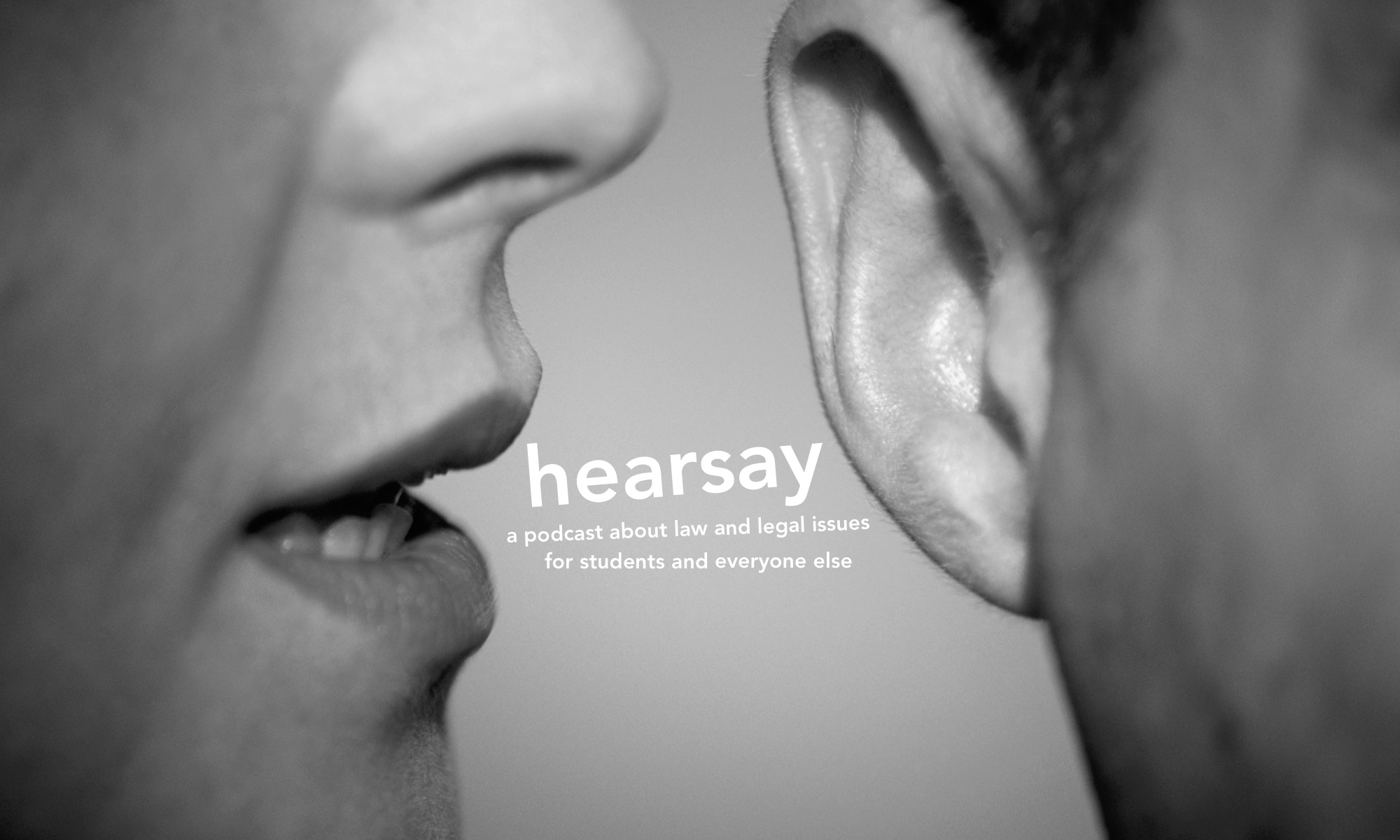Former Prime Minister Gough Whitlam died this morning, aged 98. From a Legal Studies perspective, his short term in office provided much to consider. His program included many legal reforms, including lowering the voting age to 18, allowing the Territories to elect two senators each, establishing the Family Court and a no-fault divorce system, funding legal aid and community legal centres, creating the Australian Law Reform Commission, signing a raft of UN treaties, supporting Indigenous land rights, and introducing significant legislation like the Racial Discrimination Act 1975. He proposed two increases in Commonwealth Constitutional power, but both failed at the 1973 referendum. He called a double-dissolution election in 1974, and is the only Prime Minister to subsequently hold a section 57 joint sitting of both Houses of Parliament to pass deadlocked bills. He controversially appointed his Attorney-General, Senator Lionel Murphy, to the High Court—over the objection of Chief Justice Garfield Barwick. In retaliation NSW filled the Senate vacancy with a non-Labor appointment. Later that year, Queensland also replaced a dead Labor senator with a conservative. This process was changed by a referendum in 1977 to prevent it happening again, but at the time it tipped the balance of power in the Senate and allowed the Opposition to block supply bills. Whitlam refused to resign because he believed he was accountable only to the House of Representatives, but his government could not function without supply. The Chief Justice of the High Court provided legal advice to the Governor-General, arguably in breach of the separation of powers, and instead of dissolving parliament, the Governor-General sacked Whitlam and swore in Malcolm Fraser as the new prime minister. The supply bills were passed by the Senate before Labor senators had been told about the change of government. The House of Representatives immediately voted confidence in Whitlam, but it was too late. Fraser comfortably won the subsequent double-dissolution election. This series of events is known as a Constitutional Crisis because it highlighted that unwritten (and therefore breakable) conventions are very important to the functioning of Australia’s written Constitution.

A podcast about law and legal issues